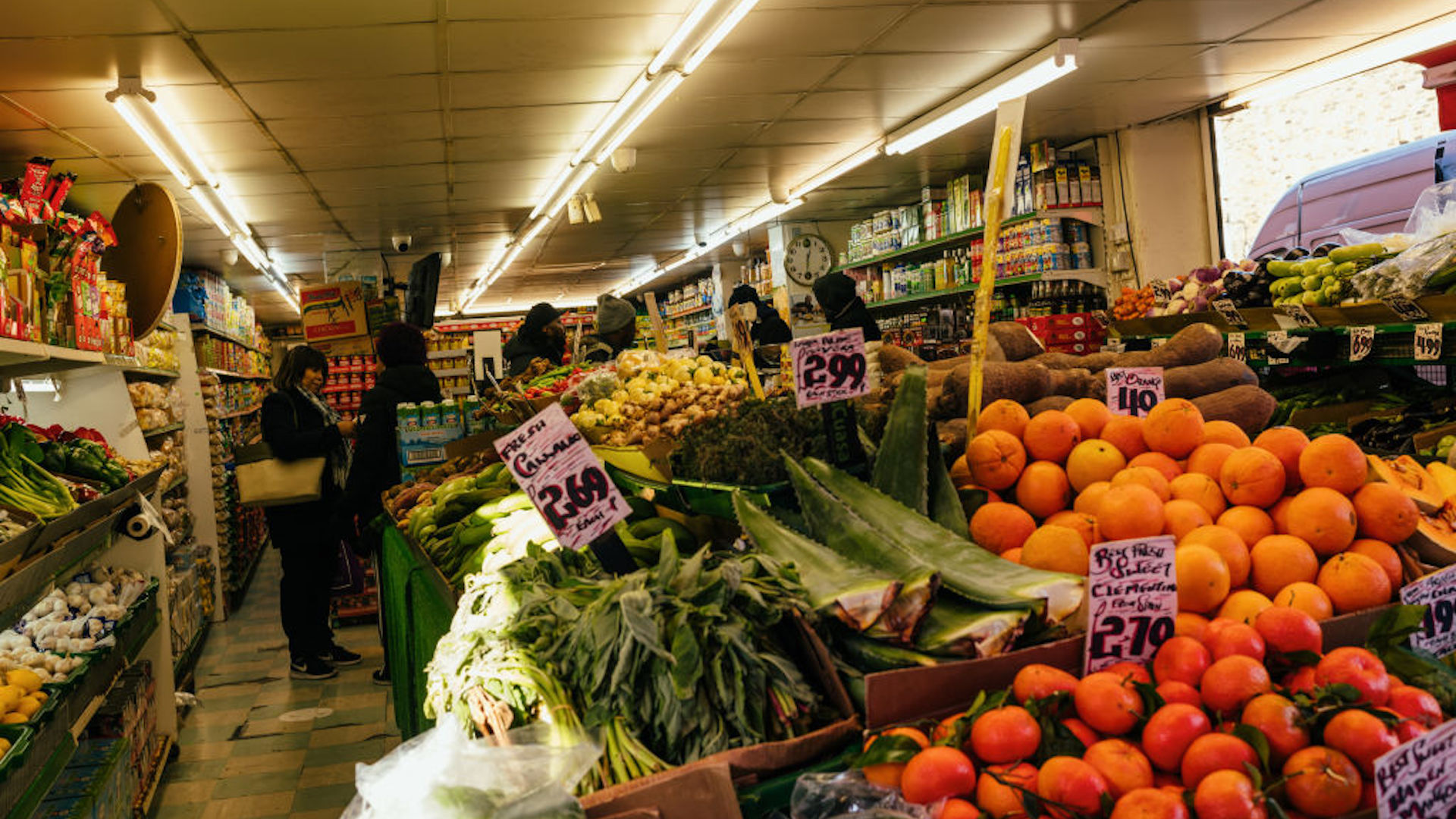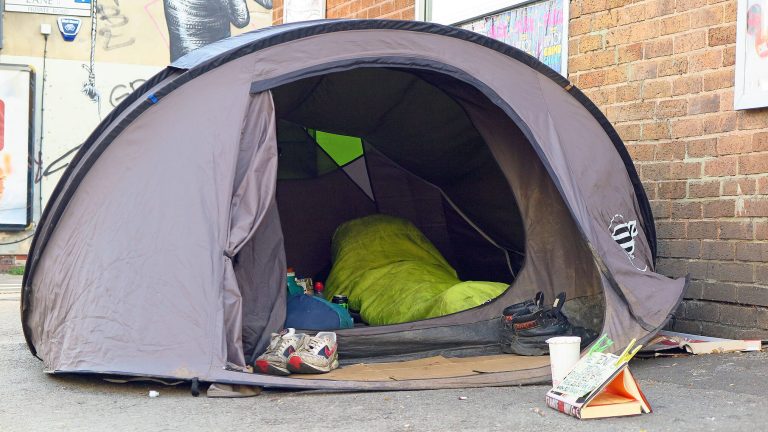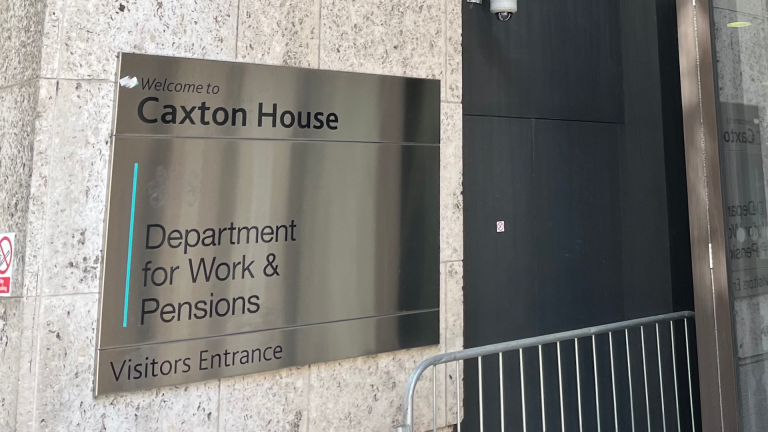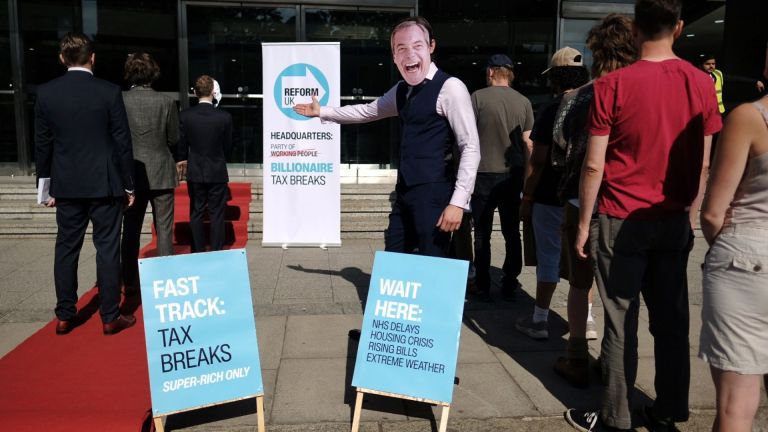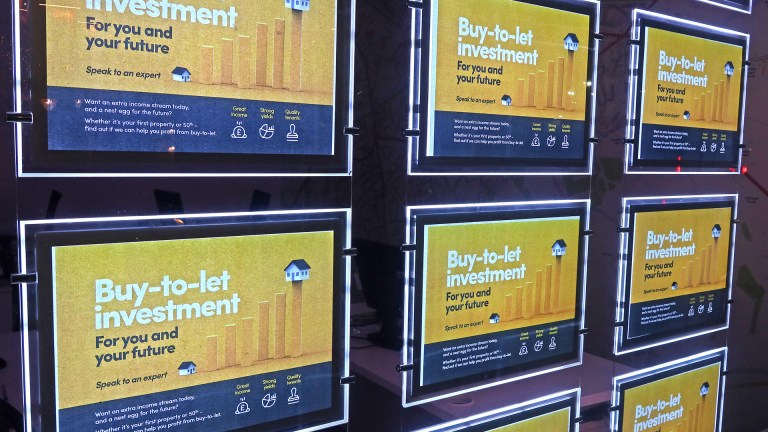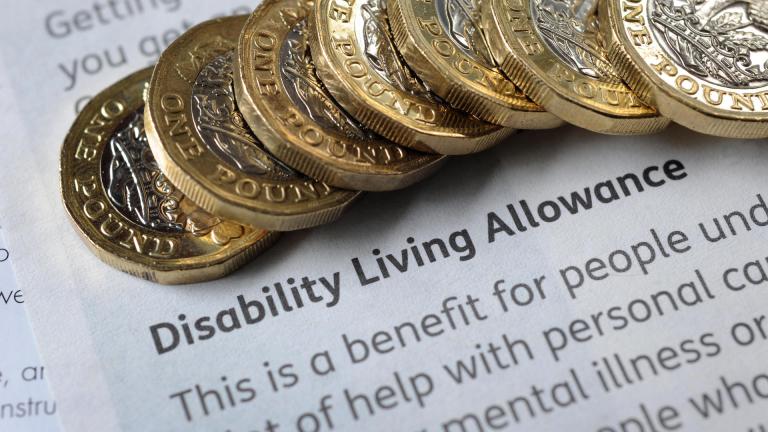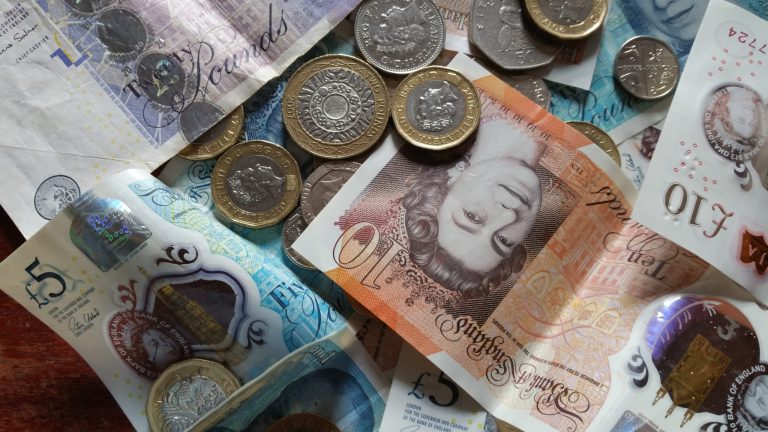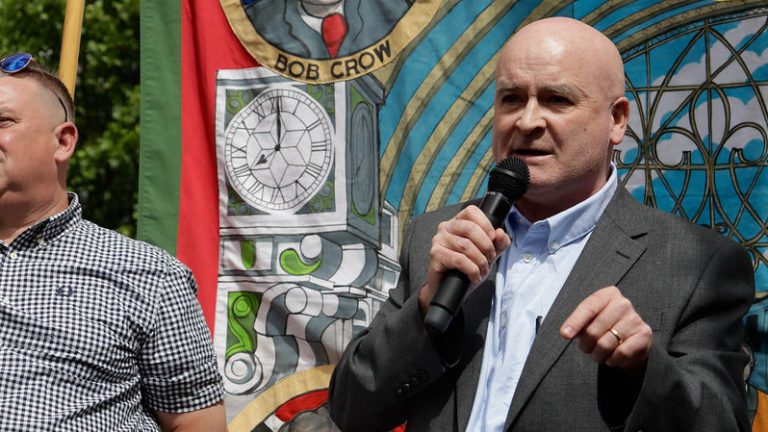What actually is inflation? And what does it mean for me?
The term “inflation” is the technical way of describing the rate at which prices are rising. But what does it actually mean and how does it impact your life? If you’ve noticed the cost of a bunch of bananas or a pack of loo rolls is still getting more expensive and your household bills are still expensive, that’s because inflation was high for, well, far too long. And prices are still rising.
The higher the inflation rate, the faster your bills increase. The inflation rate of 2.6% in March 2025 means prices rose by 2.6% on average in comparison to March 2024. Prices are still increasing and will continue to as long as inflation is in positive figures.
Dr George Dibb, associate director for economic policy at IPPR, said: “Price pressures remain close to the Bank of England’s forecast and are expected to rise in 2025 before falling back to target. Temporary fluctuations are normal, and the Bank of England has been clear that the bigger picture is one of stability with inflation falling again at the end of year. Weak economic growth remains a bigger issue for the UK economy.
“But for many households, the cost of living remains a real strain. People need to feel the benefits of a stronger economy, not just hear about them. The government’s plan of supporting investment, wages, workers’ rights, and long-term stability is the right one. Today’s data is no reason to change course – government should continue working to increase living standards in every region of the country.”
If you want to see just how much more expensive your shopping basket is going to be as a result of inflation, you could use a price comparison website like Trolley. It has a grocery price index with data showing how much all your basic supermarket items have increased in recent months.
Will prices in the UK ever come down?
The simple answer is that UK prices across the board will probably never come down – and almost certainly not by very much – but wages are supposed to keep up with rising prices to make us less likely to feel the pinch.
Advertising helps fund Big Issue’s mission to end poverty
For prices in the UK to fall, inflation would need to go into negative figures, often called deflation. That is a rarity. The last time this happened was in 2015 when prices fell by a grand total of 0% because of a sudden drop in the price of oil.
But the reality is that the 0% inflation rate was “actually quite a bad thing”, economists have told the Big Issue. It meant that the economy was stagnant and it was used as political cover for austerity.
Before that, the last sign of deflation was in 2009, during the global financial crisis, but economists disagree on the details as only one measure of prices was negative. You have to go back to 1960 to find another example of deflation.
But don’t panic. The cost of living crisis will come to an end. Prices will stabilise and grow more slowly and real wages should catch up, and significant progress has been made.
When will the cost of living crisis end?
The cost of living crisis is, in theory, over once prices stabilise and wages have risen enough to match. With wage growth above inflation, the cost of living crisis “appears to be coming to an end”.
Annual growth in employees’ average regular earnings, excluding bonuses, was 5.9% between November 2024 to January 2025 – which is the most recent period for which figures are available.
Advertising helps fund Big Issue’s mission to end poverty
Director of the Work Foundation at Lancaster University Ben Harrison previously said that “due to the legacy of high inflation and stagnating pay packets over the last 16 years”, average wages are just £20 a week higher in real terms than they were at the start of the global financial crisis in August 2008.
Meanwhile, the Trades Union Congress (TUC) estimates that, had wages grown at trends prior to the 2008 financial crisis, the average worker would be over £14,000 a year better off.
Most people have faced a large drop in living standards. The financial year 2022 to 2023 was the largest year-on-year drop in living standards since ONS records began in the 1950s – and it will take time to recover from that.
Rachelle Earwaker, senior economist at the Joseph Rowntree Foundation, said: “The biggest worry for low-income families is the unrelenting living standards storm they’re facing, which is not forecast to improve over the course of this parliament.
“The outlook for the coming months is bleak, with water, energy bills and council tax all set to go up in April. This will add further worry as household financial security sits on increasingly unsure ground. Benefits on the other hand are only set to rise by 1.7%, leaving those on the lowest incomes with nothing to weather the storm.”
Megan Davies from the Stop the Squeeze campaign, previously said: “Lower inflation means nothing to those with cold homes and empty cupboards. We know that the price of essentials like energy, food and rent are still sky high, and that for so many families, the money coming in still isn’t stretching far enough.
Advertising helps fund Big Issue’s mission to end poverty
“We need a future-proof cost of living plan that gets to the root of the problem. That means boosting incomes, ensuring essentials are affordable, and fixing our broken tax system by bringing in higher taxes on wealth.”
The Office for Budget Responsibility (OBR) predicts that real household disposable income – and consequently our living standards – will grow by an average of just over 0.5% a year until 2029.
Will energy bills come down?
Energy bills went up in April 2025. Ofgem’s energy cap means average households are now paying an average of £1,849 each year for their electricity and gas from January.
That’s up from £1,738, which was the energy price cap set by Ofgem in January.
Every three months, the energy regulator reviews and updates the price cap to reflect changes in the cost of energy and inflation. It’s intended to ensure bills are fair.
But it doesn’t mean that your household bills can’t exceed £1,849 – some households will pay more and others less. It all depends on how much energy you use, as well as your circumstances like where you live and the energy efficiency of your property.
Advertising helps fund Big Issue’s mission to end poverty
The energy price cap is set to fall in July, to an estimated £1,712.27, according to the consultancy Cornwall Insight.
“The price cap does not protect those who simply cannot afford the cost of keeping warm,” Adam Scorer, the chief executive of National Energy Action, previously said. “That requires direct government intervention through bill support, social tariffs and energy efficiency.”
The government’s energy rebate scheme, a discount on household energy bills, ended in March 2023. This had been a lifeline to many people, helping them save around £66 each month.
Simon Francis, coordinator of the End Fuel Poverty Coalition, said: “Three years of staggering energy bills have placed an unbearable strain on household finances up and down the country. Household energy debt is at record levels, millions of people are living in cold, damp homes and children are suffering in mouldy conditions.
“Everybody can see what is happening in Britain’s broken energy system and it is time for politicians to unite to enact the measures needed to end fuel poverty. This includes cross-party consensus on a long-term plan to help all households upgrade their homes and short-term financial support for households most in need.”
Are prices rising at the same rate for everyone?
Unfortunately not. Prices are rising even faster for poorer households. This is because the costs of essentials like food were soaring at high rates, and low-income families typically spend a greater proportion of their income on these items.
Advertising helps fund Big Issue’s mission to end poverty
The Resolution Foundation has found that poorer families are most affected by surging food prices as they spend a far greater share of their family budgets on food (14%, compared to 9% for the highest-income households).
As a result, the effective inflation rate for the poorest tenth of households is around 2% higher than it is for the richest tenth of households.
Benefits are not stretching far enough to help those on the lowest incomes afford the basic essentials – and September’s rate of inflation meant that benefits have only increased by 1.7% in April.
The Joseph Rowntree Foundation estimates that universal credit falls short by around £120 every month of the money people need to afford the essentials.
Alongside Trussell and the Big Issue, the charity has consistently called for an ‘essentials guarantee’ to be implemented in universal credit – so that benefit claimants can afford the basics they need to survive at the least.
Earwaker added: “Families need to feel secure and in control of their finances. To stop living standards deteriorating any further the chancellor must make sure our benefits system reflects the cost of essentials so that it can protect people when they fall on hard times.
Advertising helps fund Big Issue’s mission to end poverty
“The government must also support renters by ensuring that support from local housing allowance reflects rising rents, rather then remaining frozen. People also need stable jobs with decent incomes to feel secure enough to plan for the future.”
The world’s five richest men have £688 billion of wealth between them. That’s boomed by £367bn in the last five years.
Meanwhile, the wealth of the poorest 60% – encompassing nearly five billion people – has fallen. What does this all mean exactly? The rich are getting richer, and the poor are getting poorer.
Do you have a story to tell or opinions to share about this? We want to hear from you. Get in touch and tell us more.
Your support changes lives. Find out how you can help us help more people by signing up for a subscription
